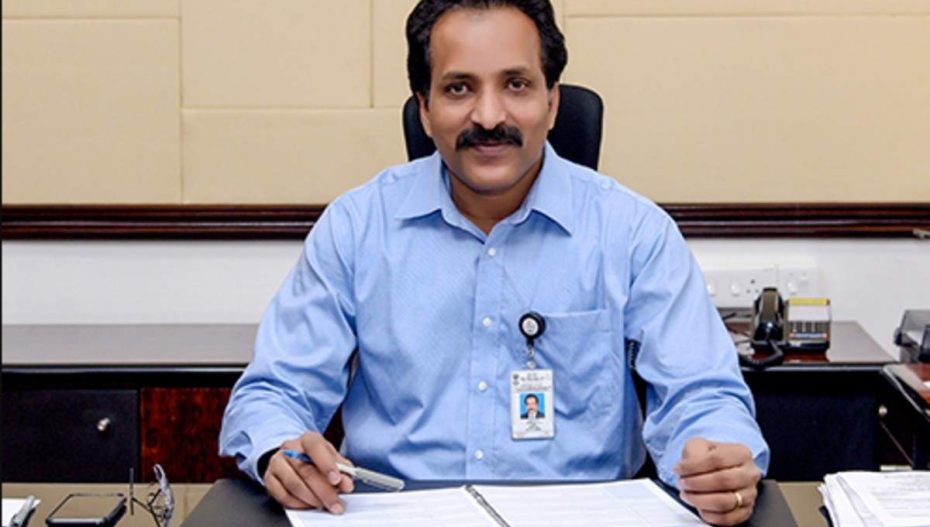Dr S Somanath, the director of ISRO’s Vikram Sarabhai Space Centre, has been named the next chairman of ISRO.
“The immediate milestone is to put a man in orbit by 2022, and to see how we can do that with current levels of knowledge and the new knowledge that has to be created,” the top rocket scientist had as one of the main speakers at the annual conference of the Indian Society of Aerospace Medicine in September 2018.
As he takes over as the 10th ISRO chairman, succeeding K Sivan, that will be one of the biggest challenges before Somanath— putting the agency’s human space flight programme back on track following setbacks due to launch failures, the Covid-19 outbreak, and a general slowdown since the failure of the Chandrayaan 2 robotic moon landing mission in September 2019.
As director of the Vikram Sarabhai Space Centre since 2018, and as head of the Liquid Propulsion Systems Centre, Somanath has been closely associated with developing the key rocket technology that will go into the mission.
He was the project director and mission director for the development of the GSLV Mk-III rocket that will be used for the programme.
He has also been involved in making it usable for human flight in recent days. “The GSLV Mk III is an intelligent system, but for a final human rating, the redundancies needed are of a higher order. We are working on it,” Somanath has said.
A human-rated version of the GSLV-Mk III is yet to be tested along with a crew module, while Prime Minister Narendra Modi’s vision of a human space flight before 2024 looms on the horizon.
Among other key achievements attributed to Somanath is the development of throttleable engines — a technology used for the Chandrayaan-2 lander.
ISRO, in fact, has so far conducted only one successful test flight of the crew module — called the Crew module Atmospheric Re-Entry Experiment or CARE — on December 18, 2014, using the high-end GSLV Mk III rocket, with Somanath as the project director.
A topper in science and mathematics in Class X and a rank-holder at Kerala University, Somanath initially dreamed of becoming a doctor before taking up engineering. He has a master’s degree from IISc and a Ph.D in Mechanical Engineering from IIT, Chennai.
A former chairman of ISRO said Somanath has a passion for science communication and a down to earth approach to science, which is much needed at a critically low juncture in ISRO’s history, especially given a low-key 2021.














